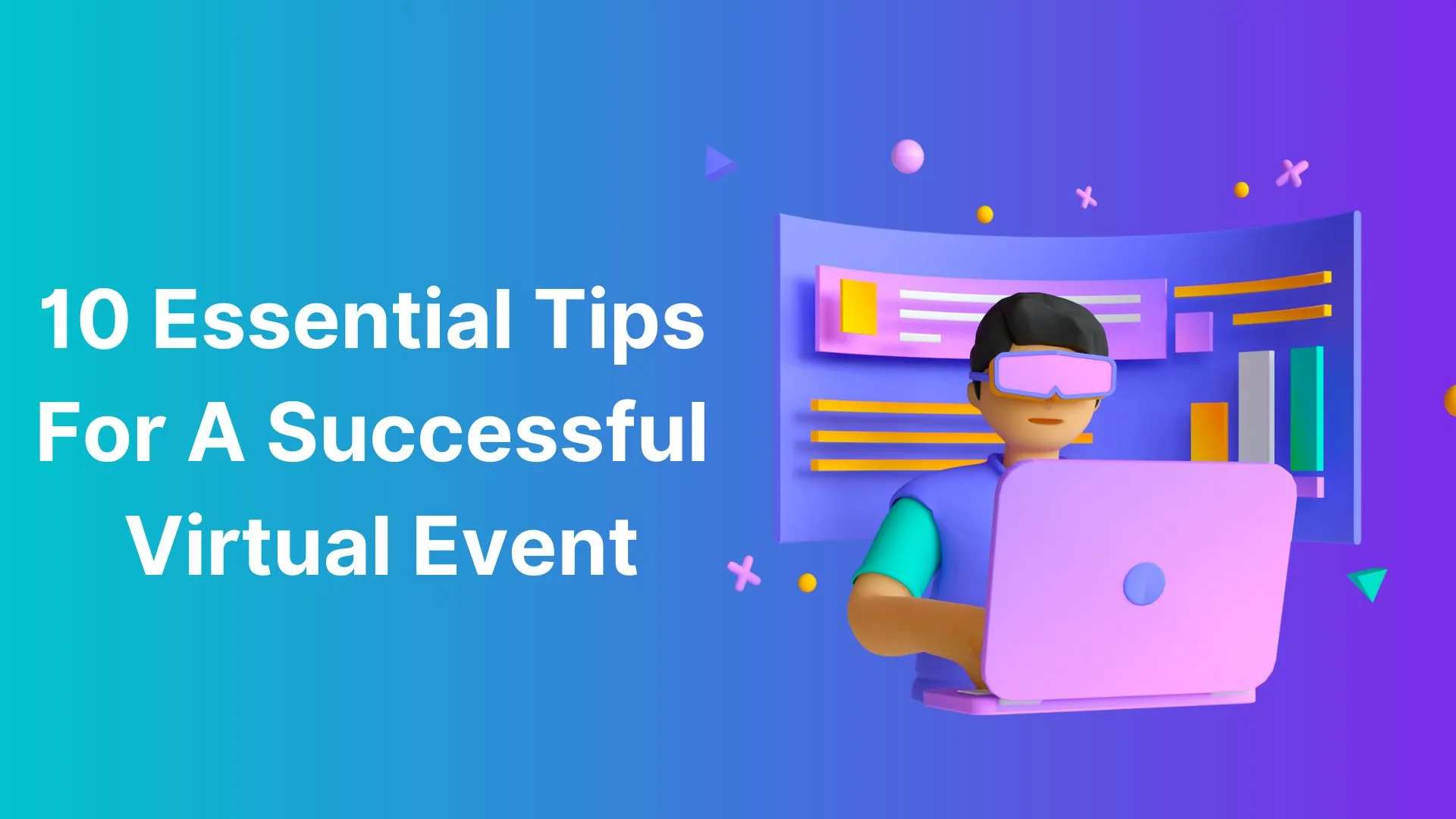In today’s digital age, virtual events have become an increasingly popular way for businesses to connect with their audience, showcase products and services, and generate leads. As a B2B company, it’s crucial to create engaging virtual events that not only captivate your audience but also deliver valuable content. In this blog post, we’ll share 10 essential tips for creating a virtual event that your B2B audience will love, with examples and helpful links to guide you along the way. If you need assistance in producing a high-quality virtual event, don’t hesitate to reach out to JMarcMedia for any inquiries.
1. Define your objectives and target audience
Before diving into the planning process, it’s essential to define your virtual event’s objectives and target audience. Are you looking to generate leads, educate your audience, or showcase a new product? Having a clear goal in mind will help you craft a focused and relevant event. For example, a webinar focused on educating potential customers about your software solution can be an excellent lead-generation tool.
2. Choose the right platform
Selecting the right platform is crucial for a successful virtual event. Consider factors like user-friendliness, interactivity features, and integration with your marketing tools. Some popular options include Zoom, Socialive, and Hopin. Do thorough research and choose the platform that best fits your needs.
3. Develop engaging content
Creating compelling content is vital for capturing your audience’s attention. Incorporate a mix of formats like presentations, panel discussions, and Q&A sessions to keep things interesting. For example, Adobe’s virtual summit offers a combination of keynote presentations, breakout sessions, and interactive demos to engage attendees. Break up the content within sessions
4. Invite industry experts and influencers
To enhance the credibility and appeal of your event, consider inviting industry experts or influencers as speakers. This can help boost attendance and provide valuable insights for your audience. Cisco’s WebexOne event, for example, has featured keynote speakers from prominent companies like IBM and Salesforce.
5. Promote the event effectively
A successful virtual event requires strategic promotion. Utilize social media, email marketing, and targeted advertising to reach your intended audience. Don’t forget to leverage the networks of your speakers and partners to broaden your reach. LinkedIn can be an especially effective platform for promoting B2B events.
6. Make it interactive
Keep your audience engaged by incorporating interactive elements like live polls, chat rooms, and Q&A sessions. Encourage attendees to ask questions and share their thoughts during the event. Platforms like Slido can help facilitate audience interaction and real-time feedback.
7. Optimize for different devices
Ensure that your virtual event is accessible on various devices, including desktop computers, laptops, tablets, and smartphones. This will make it easier for attendees to join the event from their preferred device and location. Make sure to test your event on different devices and browsers prior to the event.
8. Provide networking opportunities
One of the primary reasons people attend events is to network with others in their industry. Create virtual networking opportunities by offering breakout rooms, roundtable discussions, or even virtual speed networking sessions. Remo is a platform that specializes in simulating real-world networking experiences in a virtual setting.
9. Record and repurpose content
Record your virtual event and make the content available for attendees to access after the event. This allows those who couldn’t attend live to catch up on valuable information and enables attendees to revisit specific sessions. Additionally, repurposing the content for blog posts, social media, or podcasts can help extend the reach and impact of your event.
10. Gather feedback and analyze event performance
Collect feedback from attendees through post-event surveys to identify areas for improvement and learn what resonated with your audience. Analyze key metrics like attendance rate, engagement, and lead generation to gauge the event’s success and inform future planning. SurveyMonkey is a great tool for creating and distributing surveys to gather audience feedback.
Conclusion
By following these 10 essential tips, you’ll be well on your way to creating a virtual event that engages your B2B audience and drives results. Remember, the key to success lies in thorough planning, captivating content, and seamless execution. If you’re looking for expert assistance in producing your next virtual event, don’t hesitate to reach out to JMarcMedia for any inquiries. We’re here to help you create memorable and impactful virtual experiences that your audience will love.

